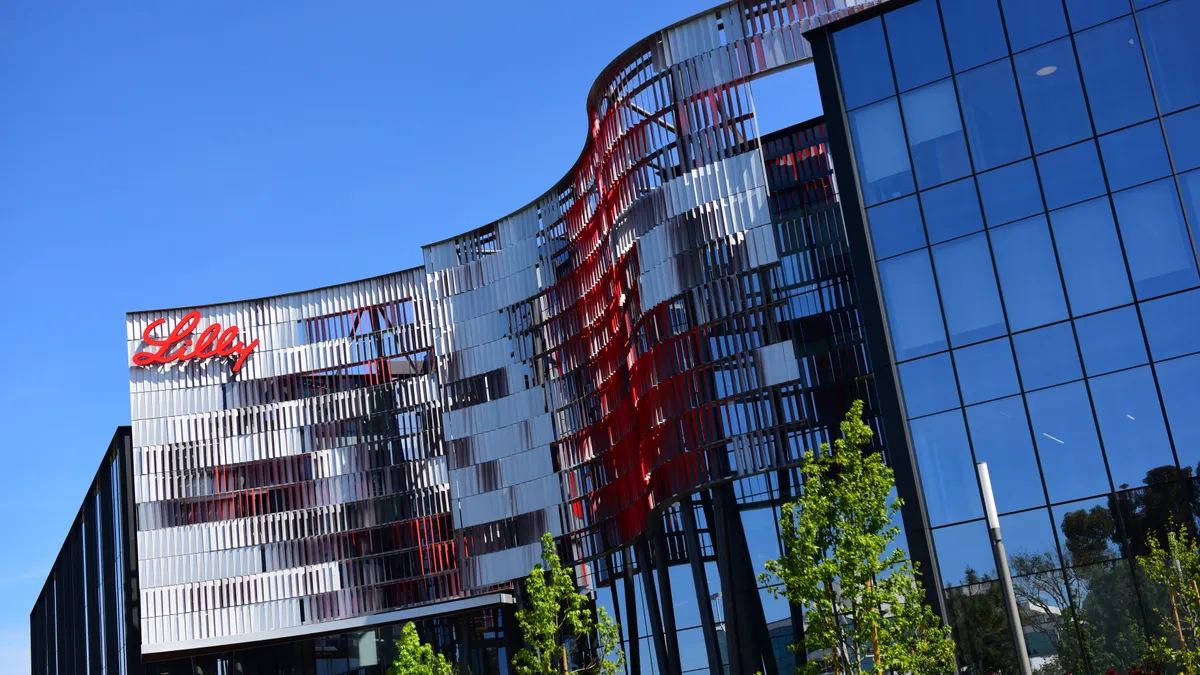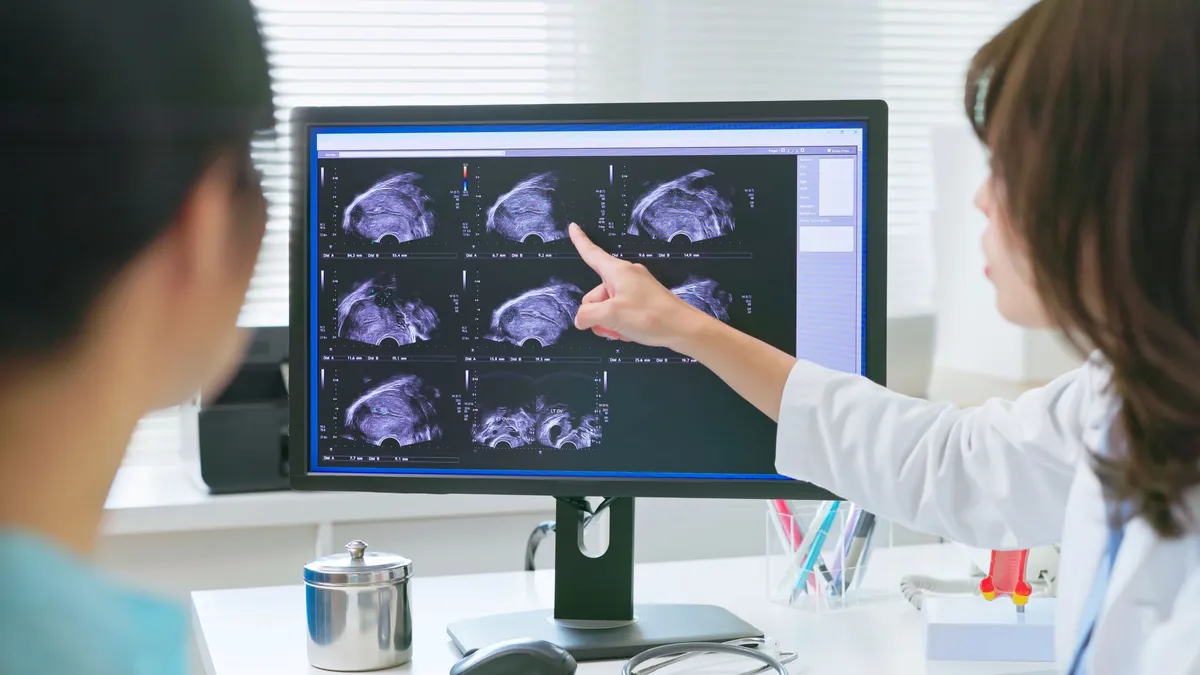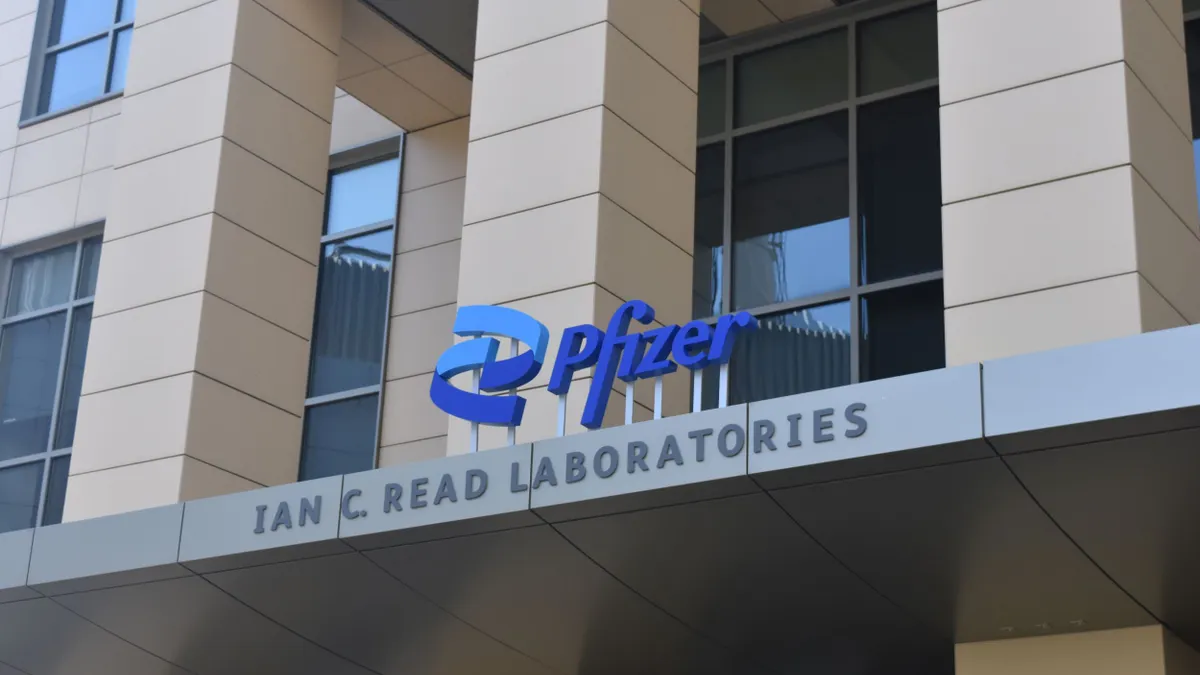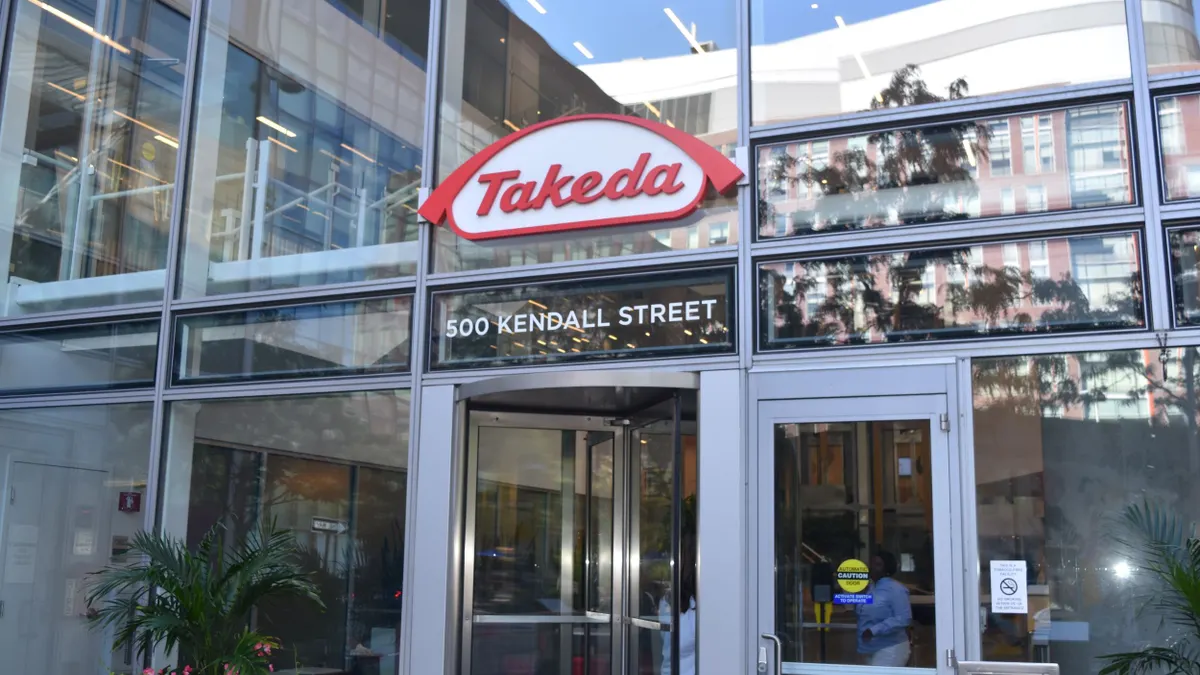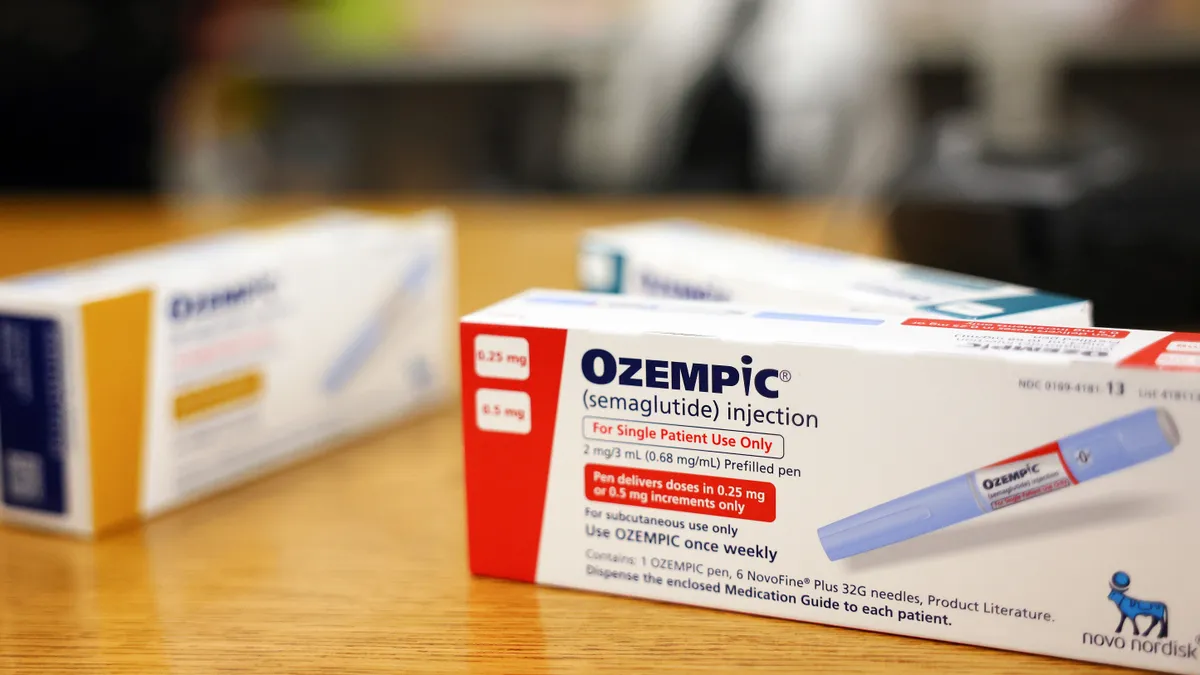A 150-year-old pharmaceutical giant may not sound like the cutting edge of biotech innovation.
But like many of its peers, Eli Lilly looks to young companies to help build its pipeline. And that focus has intensified in recent years, with a growing network of incubators aimed at reaching further into the startup world.
In 2019, it launched Lilly Gateway Labs in an effort to dip into the San Francisco Bay Area’s biotech scene, one of the largest centers of life sciences startup activity in the country.
The accelerator, located within two separate facilities on a busy bayfront strip that’s home to Northern California campuses for AbbVie and Amgen, has grown quickly since. As of mid-November, 15 companies have moved in, among them developers of treatments for allergies and age-related diseases.
Lilly has broader ambitions, too. It’s building a second Gateways site within a new Boston-based hub called the Lilly Institute for Genetic Medicine that will also provide startups with lab space.
But Lilly isn’t alone. Many other large drugmakers have built biotech incubators in recent years in hopes of building relationships with startups. Johnson & Johnson, for example, has a vast network of facilities, called JLABS, in the U.S., Europe and Asia. Bayer and Illumina each have accelerators, and entities like LabCentral and Y Combinator, among others, help foster the development of startups, too.
Despite the competition, Lilly believes there is room to grow its presence. The demand for lab space and advice from pharmaceutical executives exceeds what Julie Gilmore, global head of Gateway Labs by Lilly, originally expected.

“This isn't, for us, a real estate play,” Gilmore said in an interview with BioPharma Dive. “This really is about understanding the science and problems they're trying to solve, and what can we do to help support them.”
BioPharma Dive spoke with Gilmore about the progress Lilly’s accelerator has made and how the company evaluates potential biotechs. The following conversation has been lightly edited and condensed for clarity.
BIOPHARMA DIVE: How has Gateway Labs progressed since launch?
GILMORE: We opened our first site in December 2019. We immediately filled up — we had 10 companies and it really spoke to the need for lab space in the Bay Area. We were super excited about that, but we immediately had a lengthy waiting list. Our existing companies were limited with their ability to expand, so within a year we triggered our second site. We're now up to about 120,000 square feet in South San Francisco. We have 15 companies.
We try to be really selective. I would say maybe 10% to 20% of the companies that are evaluated actually make their way in. The point is, we want to work with companies that we feel like we can help.
How does the business model work?
GILMORE: Companies come in no strings attached. They can work with whomever they want to work with. We do not take equity positions. They pay rent, but they are there because there are scientific interests. Once they come in, I work one-on-one with every company we have and then we start saying “what can we do for you?”
If they're fundraising, want a strategic investor and are interested in Lilly contributing, we evaluate that opportunity. Of our 15 companies, we have direct investments currently in seven. If companies are interested in a research collaboration, we start those conversations on what that would look like. What can we do for each other to speed the progress and accelerate their science? How can Lilly play a role in that?
We do have two multi-target collaborations going on, and we've got two more in progress that I hope we have signed by the end of this year.
What makes Lilly’s accelerator program different from others?
GILMORE: I spend time with every company and ask what they need. Do they need consulting? Do they need somebody from [our] regulatory [department] talking to them about their upcoming Investigational New Drug [application]? Or do they need somebody from clinical operations, helping them think through how they would design their Phase 1 study? Do they need access to cell lines?
We really try to leverage the army of Lilly’s research [operations] to help support these companies. Across all 15 companies, we're doing something with every company. That's the biggest differentiator between our site and other sites.
How do you select companies for Gateway Labs?
GILMORE: Science leads. We try to make all of our decisions based on non-confidential information. We don't want companies having to go under CDA with us just for the evaluation. If we think, “that’s a really great idea,” even if everybody knows this is going to be a super hard problem to fix … that's what we go after first.
Secondly, if they want to stay stealthy the whole time, are just so far from anything that we would be interested in, or don't see much opportunity or value in what Lilly can bring, then it probably isn't a great fit.
Lastly, we love seeing if their leadership team, founders or board are people who are prepared to tackle this problem. Do they have, anywhere in their group, a history of demonstrated success?
What details can you share about the companies that have made it so far?
GILMORE: About half of our companies are aligned with our existing therapeutic areas — oncology, endocrinology, neuroscience and immunology. At least half are outside of anything that Lilly is currently pursuing, whether that's therapeutic areas or indications, in the hopes that maybe that's where we should go next.
We're really thoughtful about that as companies come in. We don't want to choose companies that are too close to anything we have going on internally; that would make it tricky to work with them. We're also very thoughtful about no two companies at Gateway Labs working on the same thing either.
How has Lilly’s pipeline benefited from this initiative?
GILMORE: We have had two [molecules] now and a third, hopefully by the end of this year, that have reached what we call “portfolio entry.” We've only been open three years and we will have three by the end of this year. I think it's a testament to both Lilly trying to work with these companies and being selective and making that kind of thing happen, but these companies are also coming in and giving us the opportunity to help them along.
What’s in store for the future?
GILMORE: We have one [building] under construction currently in Boston, embedded within our center for genomic medicine. So that will be our first site truly located within a Lilly research building that’s going to open up in 2024.
We’re continually evaluating opportunities to expand this model. We definitely want to continue to support the San Francisco ecosystem. We're always evaluating what other hotspots could benefit.
[But] we are trying to build a brand that hopefully shows the impact this model can have on accelerating science and treatments to patients, and we don't want to expand so quickly we lose our ability to do that.
Correction: A previous version of this story incorrectly indicated that Lilly is planning an expansion in South San Francisco. It’s also been updated to clarify that Gateway Labs has two separate South San Francisco facilities.



